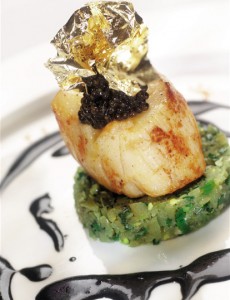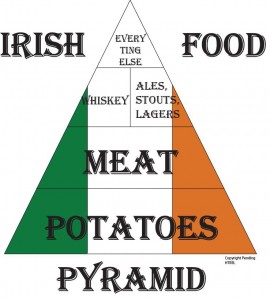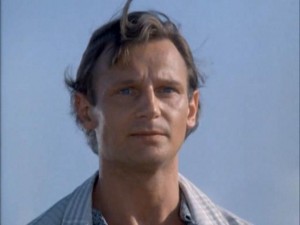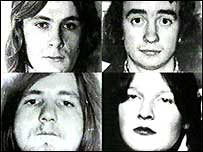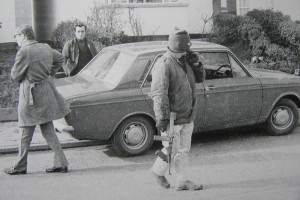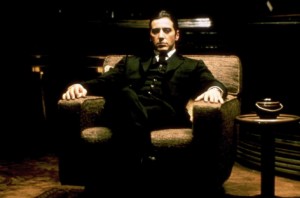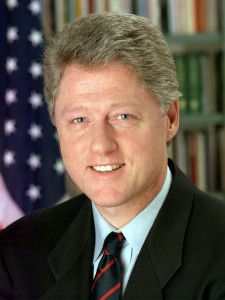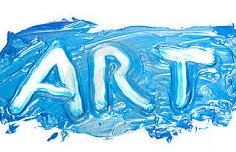Within Northern Ireland and indeed within the international stage as a whole, there were extreme and polarized reactions to the 1980 and ’81 hunger strikes in the H-Block of Long Kesh. Bobby Sands became an international figure if not a household name, whether as martyr or terrorist, alongside thirty-some other men. The main objections to the hunger strikes aligned with Margaret Thatcher’s famous statement “crime is crime is crime,” and refused to see Bobby Sands and the other republican protesters as anything but terrorists manipulating their situation into martyrdom.
“Since the start of Sands’ self-starvation, The New York Times and The Washington Post have explained Sands’ imprisonment only in terms of convictions for ‘illegal possession of guns.’ That may be technically accurate; it is not informative. Although it taints the melodrama, it is well to remember that Sands is a terrorist.”
“Broken Window-Pane Politics,” George F. Will
Washington Post, 30 April 1981, A-35-1-P
“On the question of principle, Britain’s prime minister Thatcher is right in refusing to yield political status to Bobby Sands, the Irish Republican Army hunger striker. But this dying young man has made it appear that her stubbornness, rather than his own, is the source of a fearful conflict already ravaging Northern Ireland. For that, Mrs. Thatcher is partly to blame. By appearing unfeeling and unresponsive, she and her Government are providing Bobby Sands with a death-bed gift-the crown of martyrdom.”
“Britain’s Gift to Bobby Sands
New York Times, 29 April 1981, 26:1
Supporters of the hunger strikes often appealed to due process, inhuman conditions in Long Kesh, and fear for the explosive reaction from republican supporters that would inevitably come with Sands’ death.
“The Massachusetts Legislature unanimously passed a resolution memorializing the President of the United States to urge the Government of Great Britain to recognize Bobby Sands as a political prisoner.
In co-sponsoring this resolution, Representative Charles Doyle (D-Boston) and Marie Howe (D-Somerville) called upon the British government ‘to recognize British injustice in occupied Ireland which violates the fundamental principles of common law and human decency that persons are interned without being charged with a crime; are unable to attain a trial by a jury of their peers; coerced confessions are admissible into evidence; and political dissidents are presumed guilty until they have proven themselves innocent.’
The Massachusetts House of Representatives further declared its abhorrence of ‘the inhuman conditions that have led to a second hunger strike’ and requested the President to inform British Prime Minister Margaret Thatcher of its desire that the proposals ‘submitted by the British Government to those on the first hunger strike on Dec. 18, 1980, and accepted by them as fulfilling the conditions they sought on embarking on their hunger strike, be implemented by prison authorities without delay.’
In closing, the Massachusetts House requested President Reagan to immediately contact Prime Minister Thatcher and request her to recognize Sands as a political prisoner and that he not be classed as a common criminal.”
“Mass. House Resolution Backs Bobby Sands”
Irish Echo, 2 May 1981, 2
“I am asking you not to let Bobby Sands die. His death will result in more violence and senseless deaths. It’s within your power to bring this situation to a peaceful end. For the good of England, and the good of Ireland, please set forth this important peace initiative.”
U.S. Representative Geraldine A. Ferraro (D-Queens) in a telegram sent to Margaret Thatcher
The Irish World, American Industrial Liberator & Gaelic American, 9 May 1981, 4
Throughout the republican protests, vehement protests came from all around the international stage in regards to the treatment of the men held in Long Kesh, but gone almost entirely unnoticed through those long months were the women performing the same protests in Armagh Prison. According to their male counterparts, “In terms of the prison regime they were deemed doubly guilty – not only had they broken the laws of the state but they had also gone against their feminine gender roles as defined by society” (Sharoni, 113)
Reactions to the Armagh Hunger Strikes


